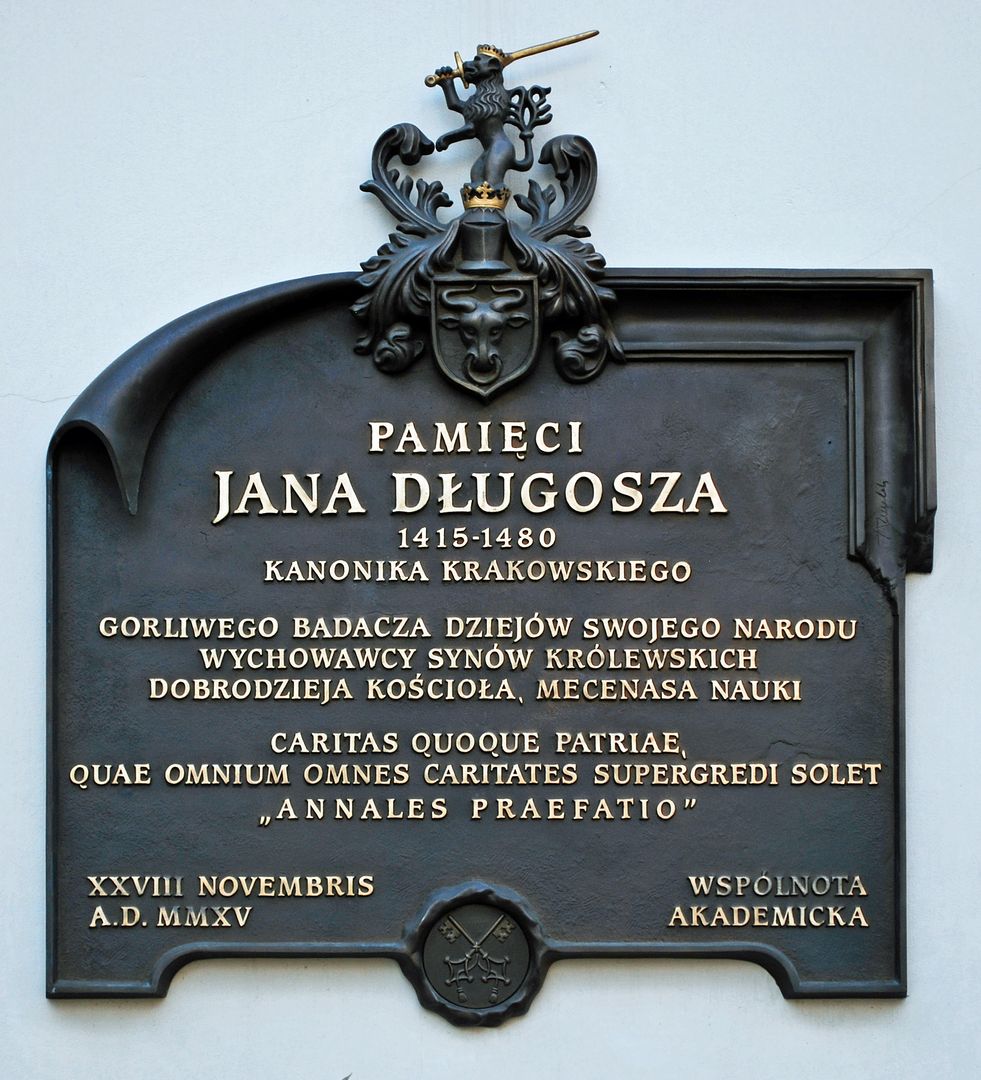Długosz House in Krakow
6.71

Overview
Długosz House, located in Krakow at 25 Kanonicza Street, is a historic building dating back to the 14th century. It originally served as a royal bathhouse, and from the 15th century, it was used as a residence for cathedral canons, including the famous chronicler Jan Długosz, after whom it was named. Architecturally, Długosz House has undergone numerous renovations; it retains Gothic and Renaissance elements, including friezes, portals, and Gothic windows, as well as a Baroque painting of the Virgin Mary with Child on its façade. The building is two stories high, horseshoe-shaped with a courtyard, and its walls are made of broken stone and brick, with later buttresses reinforcing the structure. Historically, the building witnessed many important events, including the expulsion of the Długosz family in 1461 and the fires that plagued Krakow. In the 19th century, Długosz House was inhabited by Stanisław Wyspiański, which contributed to its cultural significance; the artist drew inspiration from this place in his works. After World War II, the building came under the ownership of the Pontifical Academy of Theology and now serves as the seat of the rectorate of the Pontifical University of John Paul II. Interestingly, on the southern façade, there are plaques commemorating both Długosz and Wyspiański. The history of the building, combined with its architecture and connection to prominent figures of Polish culture, makes Długosz House an important landmark in Krakow's historical landscape.
Location
Tickets
Powered by GetYourGuide
2025 Wizytor | All Rights Reserved